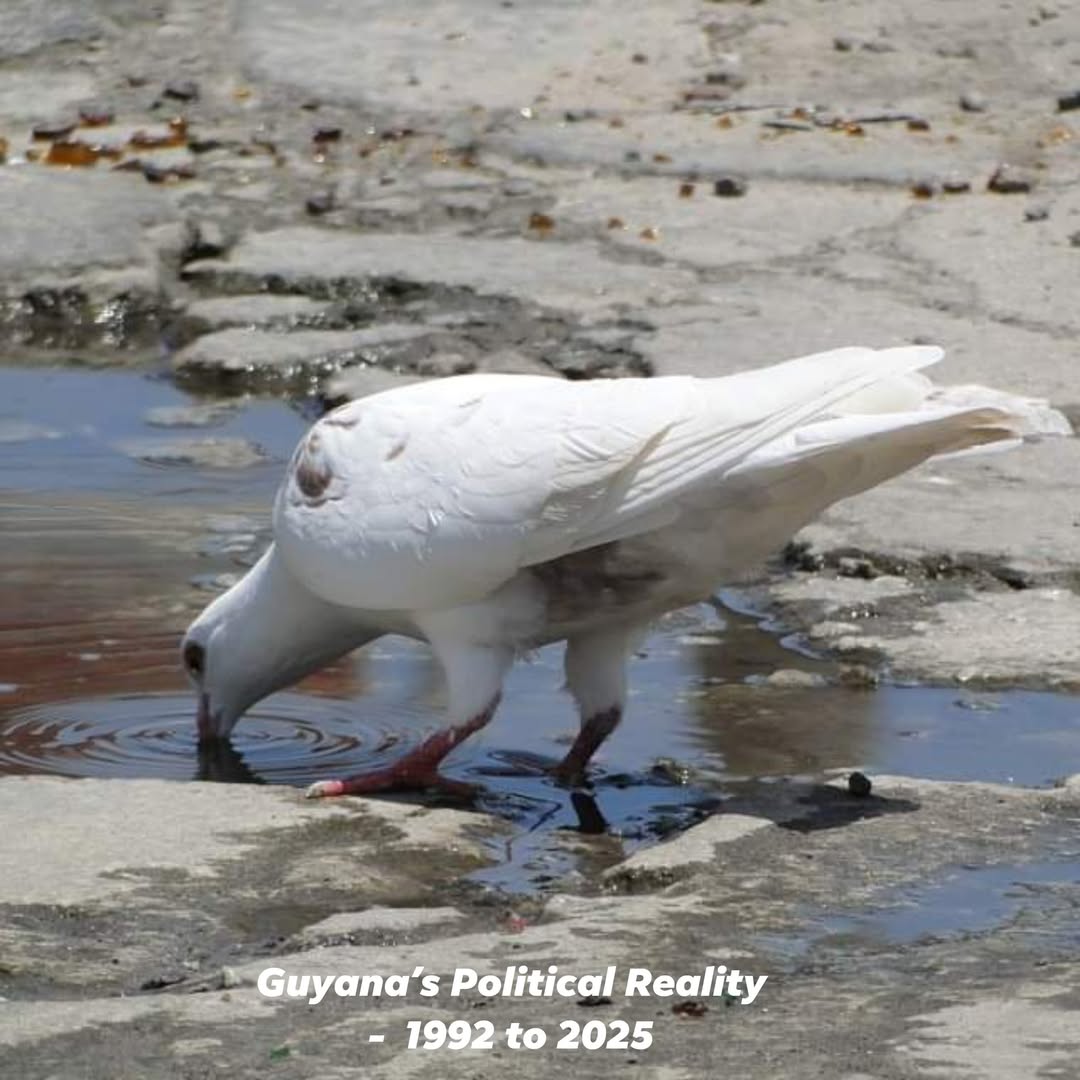If we are to strip away the slogans, political colours, and emotional attachments, and look honestly at Guyana’s political journey from 1992 to now (2025),
The PPP Era (1992–2015)
The PPP returned to office in 1992 after 28 years of PNC rule.
– Economic Policy & Growth: Guyana transitioned from an economy dominated by state control to one more open to foreign investment and private enterprise.
– Infrastructure & Social Services: Roads, bridges, schools,
– Corruption & Governance:
– Crime & Security: From the early 2000s “crime wave” through the “phantom squad” era,
– Ethnic Politics: The PPP, historically supported by Guyanese of Indian descent,
By 2015, many Guyanese felt fatigue with the PPP, pointing to arrogance, corruption,
The APNU+AFC Interlude (2015–2020)
The 2015 elections brought a coalition of A Partnership for National Unity (APNU) and the Alliance For Change (AFC) to office.
– Short-lived Tenure: While the coalition technically won a five-year term, their effective governance period was cut to just under three years, due to the December 2018 no-confidence motion. That motion threw the country into a prolonged political crisis that ended with the 2020 elections.
– Policy Shifts: APNU+AFC moved quickly to reposition the narrative on governance.
– Oil Discovery & Early Management:
– Public Perception: The coalition faced criticism for being slow in implementing promised constitutional reforms,
The PPP Return (2020–Present)
The 2020 elections returned the PPP to power under Irfaan Ali, after a bitter and drawn-out five-month dispute over the results.
– Oil Boom: Guyana has become the fastest-growing economy in the world, driven by oil revenues.
– Continued Allegations of Corruption: From procurement practices to the award of contracts,
– Infrastructure Push: The government has invested heavily in large-scale infrastructure — highways, housing schemes, new hospitals. But questions remain about whether these projects truly address systemic issues like poverty, education, and inequality.
– Ethnic & Political Divides:
The Hard Truth
When one examines this 33-year timeline honestly,
– The PPP has been the dominant political force. For 28 of the 33 years since 1992, they controlled the State. That means the current systems — whether failing or succeeding — are largely their creation. They cannot escape accountability.
– The APNU+AFC had less than three years of effective governance.
– Guyana is caught in a blame cycle.
Where Do We Go From Here?
The real question is no longer whether PPP or APNU+AFC is to blame.
The way forward cannot be another 33 years of blame.
1. Building systems of accountability — regular, public disclosures of royalties, contracts, spending.
2. Breaking ethnic politics — deliberate inclusion across race and region.
3. Distributing wealth equitably — ensuring that oil money uplifts the poor, not just the elites.
4. Demanding transparency — from whoever holds office, regardless of party.
Until Guyanese accept this truth — that no party alone will deliver salvation, and that citizens themselves must demand higher standards — we will remain in the cycle of blame, manipulation, and disappointment.


